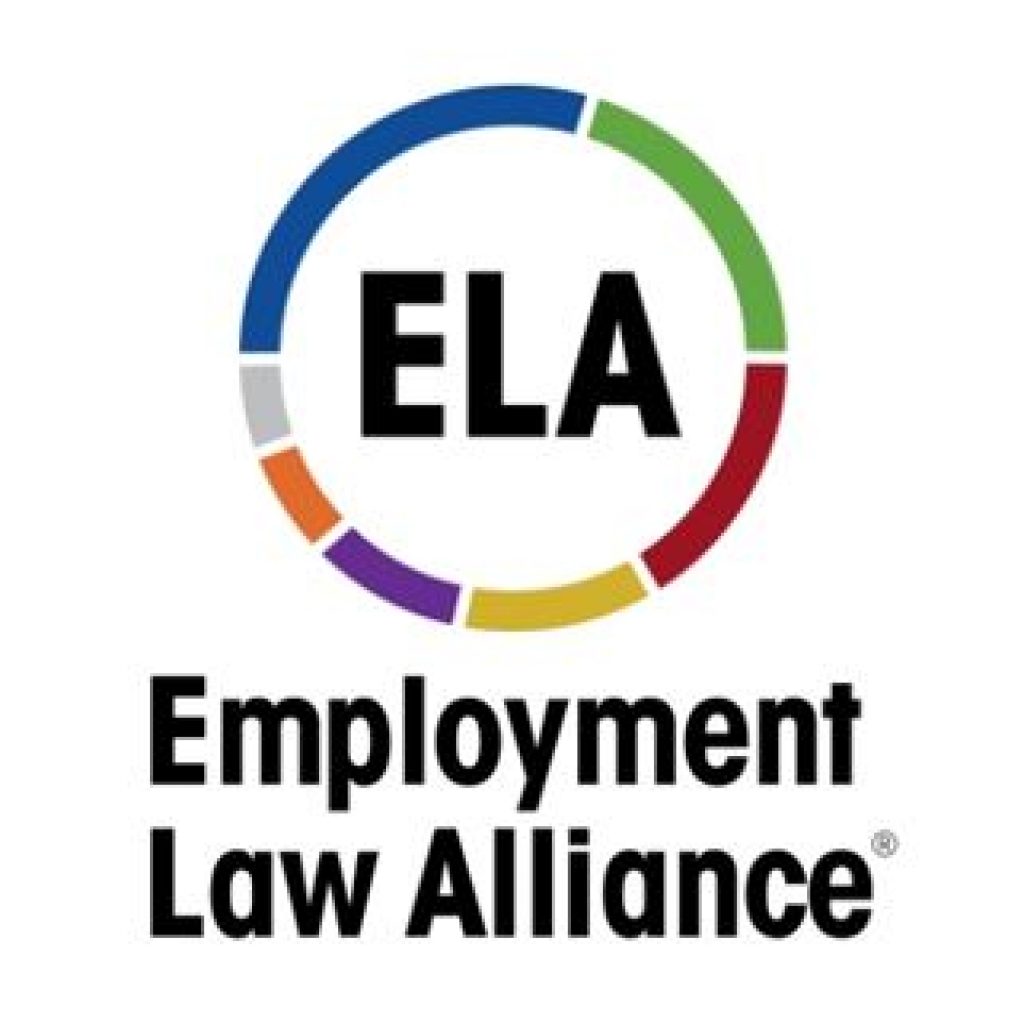NLRB GC Outlines Push for Interagency Cooperation to Protect Workers (and Their Right to Unionize)
This month, the National Labor Relations Board’s General Counsel, Jennifer Abruzzo, released a memo that outlined the steps she is taking to promote better interagency collaboration and coordination in order to ensure the full protection of workers and, ostensibly, to minimize employers’ compliance burdens. Realistically, these steps effectuate the White House’s pro-union agenda, which impacts both unionized and non-union employers. The steps set forth include the following:
- Executing a Memorandum of Understanding (MOUs) with the Department of Labor (DOL) (as discussed in our January 2022 E-Update) to establish ground rules for information-sharing, investigation, enforcement, training, and outreach.
- Partnering with the DOL and Equal Employment Opportunity Commission on a series of webinars to combat retaliation.
- Seeking to enhance partnerships with additional agencies beyond the traditional worker protection agencies to provide workers with additional opportunities to thrive at work: the Federal Mediation and Conciliation Service, National Mediation Board, and the Department of Justice’s (DOJ) Civil Rights Division.
- Establishing partnerships with the Internal Revenue Service, the DOJ’s Antitrust Division, and the Federal Trade Commission to address unfair methods of competition that undermine workers’ rights, such as: the misclassification of employees as independent contractors; sharing data about mergers and acquisitions that may impact unionization rights; increasing whistleblower and anti-retaliation protections; focusing on non-disclosure, non-solicitation and non-compete agreements.
- Strengthening the MOU with the Department of Homeland Security and working with the DOJ’s Employee Immigrant Rights Section to better protect immigrant workers.
- Promoting education of workers, advocates, businesses and the public, and welcoming engagement with the Small Business Administration to assist them with a resource guide for employers.
What this really means is that employers should be prepared for more aggressive enforcement by the NLRB, as well as the involvement of other agencies in matters that traditionally were handled by a single agency.







